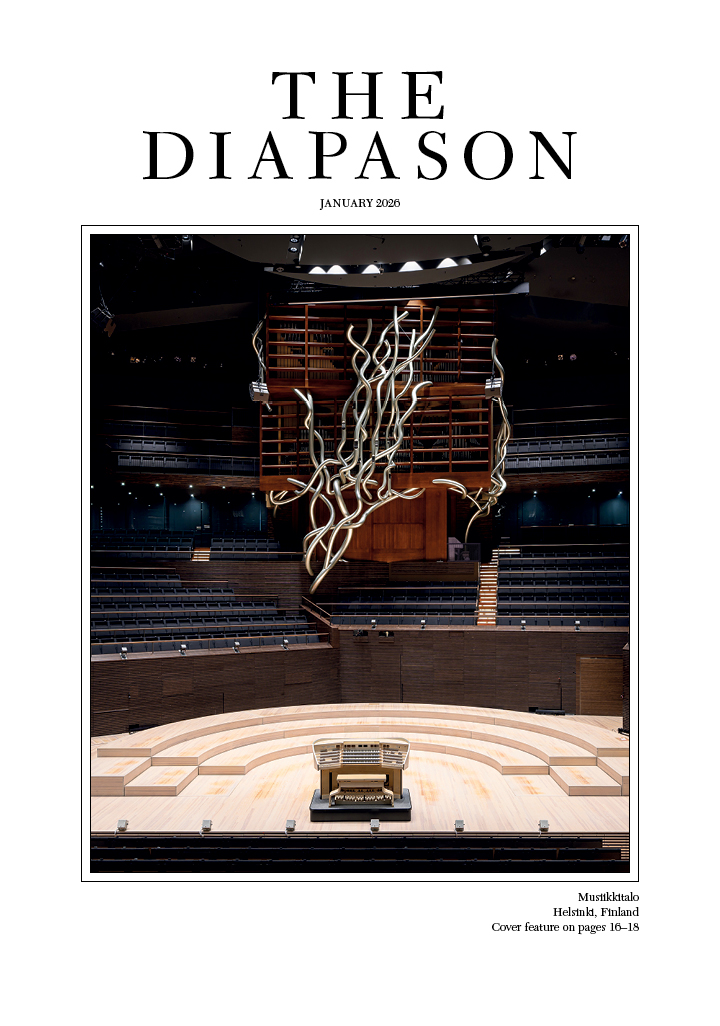
Paul Jacobs performed Samuel Barber’s Toccata Festiva with the Chicago Symphony Orchestra under the baton of Elim Chan May 2–4. Earlier this spring, Jacobs performed John Harbison’s What Do We Make of Bach? with the New England Philharmonic and Stephen Paulus’s Grand Concerto for Organ and Orchestra with the Toledo Symphony, and a solo recital presented by the Nashville Symphony.
For information: pauljacobsorgan.com.
Other organist news:
Jan Liebermann YouTube video of Bach sonatas

